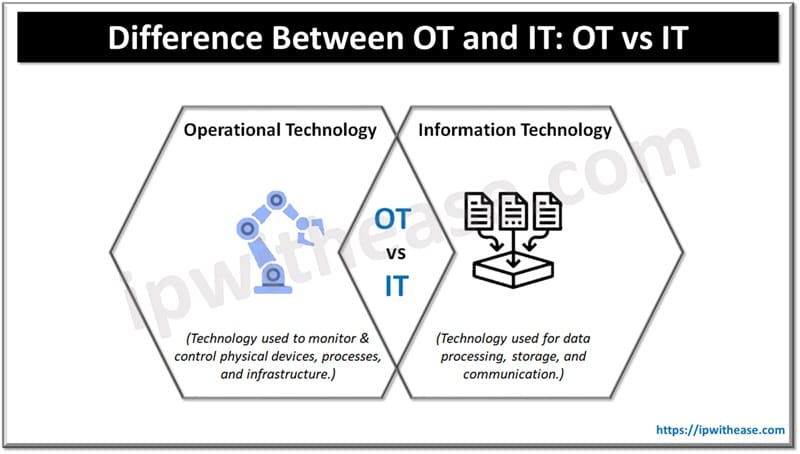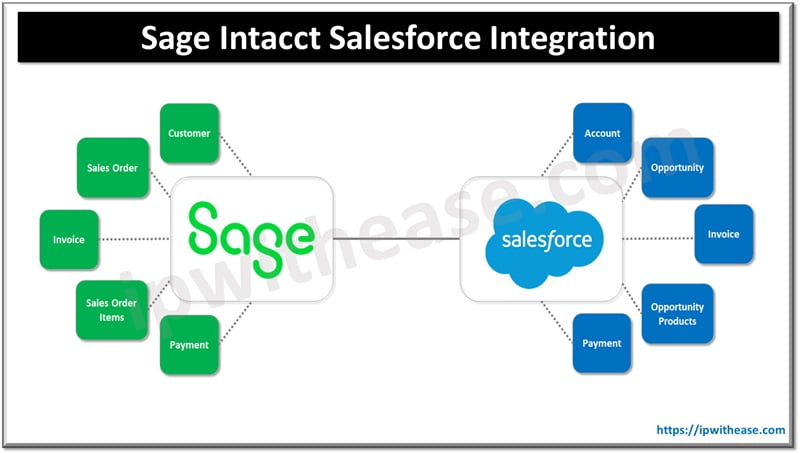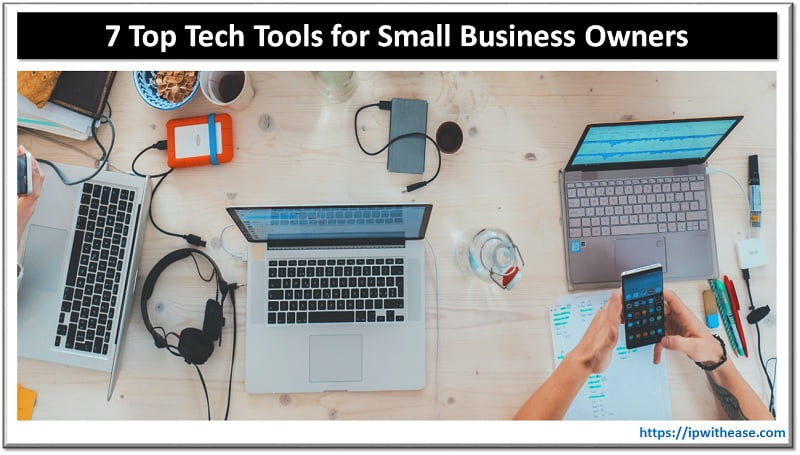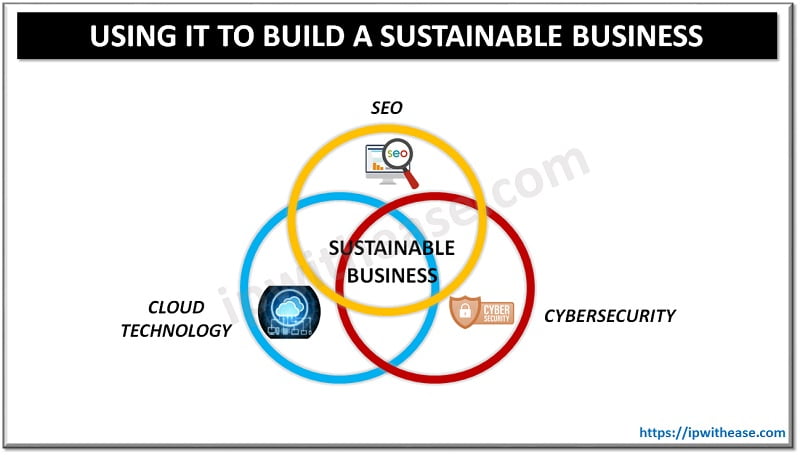Table of Contents
Operational technology (OT) is a broad industry term that encompasses all of the equipment, software, sensors, and other digital tools that a company uses to monitor and manage its operations. These technologies are used to track and optimize processes in real-time so they run more smoothly. This leads to reduced operating costs, improved production efficiency, and increased business agility. Operational technology (OT) solutions may be part of an organization’s information technology (IT) infrastructure or implemented as a stand-alone equipment. Secondary or tertiary computer systems like monitoring software or embedded controllers aren’t IT; they’re operational technology solutions.
This article explains the difference between OT and IT i,e. OT vs IT

What is OT or Operational Technology?
Operational technology systems are used in manufacturing and other industries to monitor and manage key operational processes in real-time. Operational technology (OT) refers to computer-based systems that integrate and automate core business functions such as human resources, payroll, inventory management, manufacturing, and sales. In a manufacturing setting, operational technology includes computer-controlled machine tools and robots that perform repetitive operations such as cutting and welding. In this context, operational technology is sometimes referred to as industrial automation.
OT systems integrate computer-controlled machines with other business systems like ERP and CRM. OT networks can monitor the health of equipment and track inventory through the supply chain. They can also help to manage workflow and communications across the organization.
What Is IT or Information Technology?
In a business setting, information technology (IT) is a combination of hardware and software used to store, manage, and process data. This is where data is conceptualized, designed, and implemented. IT is designed with business objectives in mind, and it’s what translates those objectives into actionable systems and processes. IT systems store data, manage internal and external communications and provide access to business applications and data.
IT includes computer networks, servers, databases, and data analytics software. The technology that makes up IT is engineered and built to scale up as an organization grows. As an industry, IT has traditionally focused more on creating systems for managing data and communications between employees.
Types of Operational Technology
- Asset management – Asset management systems track the location, condition, and utilization of operational equipment. They may also track inventory through the supply chain.
- Order management – Order management systems track orders, sales, and inventory levels. They can also be used to create purchase orders and manage cash flow.
- Workflow management – Workflow management systems help to orchestrate and automate business processes. They can be used to create workflows and assign tasks to employees.
- Human resources – Human resources systems are designed to manage talent and payroll. They can also track employee performance and stock compensation data.
- Predictive analytics – Predictive analytics systems use data to forecast future events. They can be used to identify trends, create models, and recommend actions to take.
Benefits of OT Solutions
- Business agility – OT solutions can help businesses to quickly respond to market conditions. They can also help organizations to better manage operations and customer needs.
- Reduced operating costs – OT solutions can help organizations to more efficiently manage and monitor processes. This can lead to reduced costs for things like inventory and energy.
- Improved production efficiency – OT solutions can help to optimize production and increase output. This can lead to more consistent product quality and supply levels.
- Improved collaboration and communication – OT solutions can help to improve communication across departments and business partners. This can lead to more efficient collaboration and better decision-making.
- Security and compliance – OT solutions can improve security throughout the organization. This can include securing data as well as automating compliance processes.
Limitations of OT Technologies
- Resources and expertise – OT solutions can be costly to implement, particularly for organizations without in-house expertise.
- Legacy systems – If an organization is using older systems, it may be difficult to integrate them with new technologies. This can make it difficult to implement new OT systems.
- Hardware failure – OT systems may not be as reliable as IT systems since they’re often installed with minimal redundancy. If equipment fails, it can impact critical business functions. –
- Scalability – OT systems are often more difficult to scale as organizations grow. While IT systems can be easily scaled later, OT systems may require a complete rebuild.
- Standards and integration – OT systems may not conform to industry standards and best practices in the same way that IT systems do. This can make integration more difficult and less efficient.
How Is OT Different From IT?
OT and IT are both valuable business technologies that can work well together. However, it’s important to understand the key differences between operational technology and information technology systems. OT systems manage operational processes like inventory management and workflow. They integrate with other systems to automate core business functions.
IT systems store data, manage communications and provide access to business applications. They are engineered to scale up as an organization grows. While many organizations have both types of systems, they are often managed by different departments. IT and OT teams usually have different skill sets and expertise. This means that the two types of technologies can’t always communicate with each other. Operational technology is often more mission-critical than information technology. This means that if one of your systems goes down, it could be more devastating than if your IT solution goes down.
Comparison Table: OT vs IT
| Feature | Operational Technology (OT) | Information Technology (IT) |
| Definition | Technology used to monitor and control physical devices, processes, and infrastructure. | Technology used for data processing, storage, and communication. |
| Primary Focus | Ensuring safety, reliability, and real-time control of industrial systems. | Managing data, cybersecurity, and enterprise applications. |
| Examples | SCADA systems, PLCs, industrial sensors, robotics. | Servers, databases, cloud computing, enterprise applications. |
| Environment | Industrial settings like manufacturing plants, utilities, and critical infrastructure. | Offices, data centers, and cloud environments. |
| Communication Protocols | Uses industrial protocols like Modbus, Profibus, and OPC UA. | Uses IT protocols like TCP/IP, HTTP, and FTP. |
| Security Approach | Focuses on physical security, isolation, and reliability. | Focuses on cybersecurity, encryption, and threat detection. |
| Availability Requirement | High uptime (24/7 operation) with minimal downtime. | Can tolerate occasional downtime (e.g., scheduled maintenance). |
| Risk Impact | System failures can lead to physical damage, safety hazards, or operational disruptions. | System failures can result in data breaches, financial losses, or service disruptions. |
| Update Frequency | Infrequent updates due to stability requirements. | Regular updates and patches for security and performance. |
| Convergence Trend | Increasing integration with IT for data analytics and remote monitoring. | Adoption of IoT and edge computing to interact with OT systems. |
Download the comparison table: OT vs IT
Key Takeaways
Operational technology systems use computer-based systems to manage core business functions. Information technology systems use computer-based systems to store data and manage communications. OT systems manage operational processes, while IT systems store data and provide access to business applications. There are some important distinctions between OT and IT systems. These include their functions, their engineering expertise, and their relative costs.
OT systems excel at tracking and monitoring business operations. They use sensors to collect data about conditions and machine data. IT systems store data and provide access to business applications. They use sensors to track conditions and events, but they do not manage operational processes. OT systems are often more mission-critical than information technology solutions. This means that if one of your systems goes down, it could be more devastating than if your IT solution goes down.
ABOUT THE AUTHOR

You can learn more about her on her linkedin profile – Rashmi Bhardwaj



